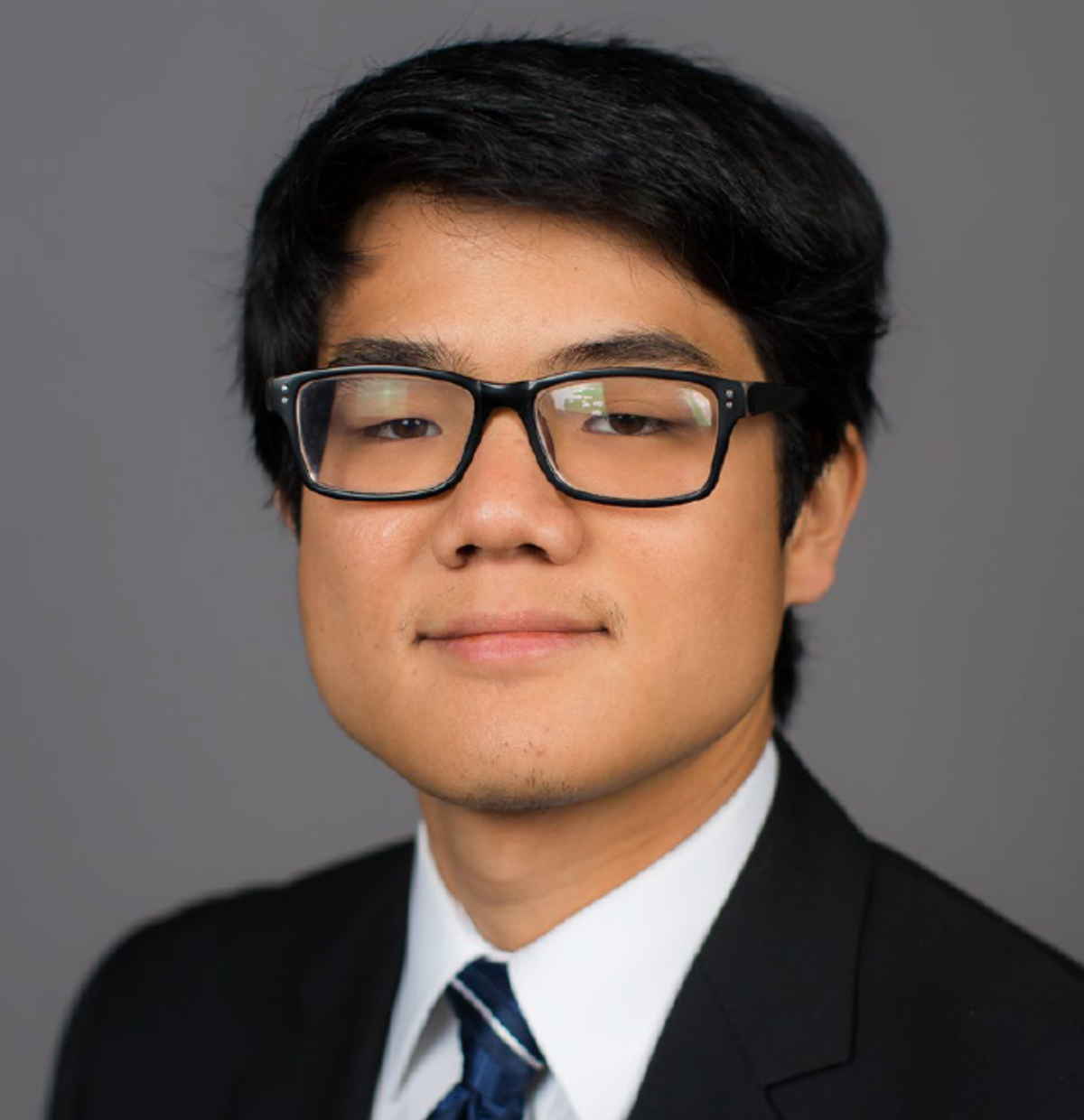With a $650K NSF CAREER Grant, Researcher Christopher Sugino Will Push the Boundaries of What's Possible in Acoustic Engineering
Stevens mechanical engineering professor seeks to use engineered materials to transform acoustic technologies
Christopher Sugino, assistant professor in the Department of Mechanical Engineering at Stevens Institute of Technology, is working to reframe how we interact with sounds and other acoustic waves.
Through his groundbreaking, five-year, $650,081 National Science Foundation (NSF) Faculty Early Career Development (CAREER) grant, "Non-Local Metamaterials and Metasurfaces for Next-Generation Non-Reciprocal Acoustic Devices," Sugino will challenge the conventional boundaries of reciprocal acoustics.
By crafting novel materials designed to control the propagation of sound and vibration, Sugino envisions a future where sound travels selectively, opening doors to revolutionary advancements in ultrasonic imaging, noise control engineering, sonar communications, aerospace structures and more.
“In ultrasonic imaging, for example, a sound wave is sent out and reflected back,” Sugino said. “But the wave loses energy both ways, so as we try to find smaller objects, our results get worse. If we could help the reflected sound wave increase in magnitude, maybe we could detect even smaller defects in structures using ultrasound.”
The project builds on Sugino’s expertise in metamaterials and metasurfaces — architected structures engineered to have unconventional properties. He already works on metamaterials, determining how they fit together and examining their behavior. And one day, he realized that existing research might be missing something very simple — and very important.
“In acoustics,” he explained, “we study how sound moves through time and space, but our control has been limited to time — for example, delaying the reaction to a passing sound wave. If we can shift those reactions in space as well, we unlock new possibilities for controlling sound. Metamaterials can make that possible.”
That’s when Sugino decided to change how the unit cells of metamaterials interact with each other and with sound waves. Simulating such adapted materials could be as simple as a line or two of code, but building them amidst the complexity of real life is a true engineering challenge that Sugino is eager to tackle.
“Acoustics research in metamaterials is already active, but this proposal seeks to establish an entirely new type of metamaterial,” he said. “As a researcher, that's exciting to me.”
Silence speaks volumes
The project will also involve educational outreach to help local middle school students learn about acoustics and explore the connections among sound, urban environments and engineering careers.
“We’re going to establish a Stevens Acoustics Day, hosting students in our soundproof anechoic chamber,” Sugino noted. “At Stevens, we’re next to New York City; and cities are so loud. Going into the chamber and removing that sensation highlights how sound is all around us and helps us think about how we can change how sound moves around systems.”

